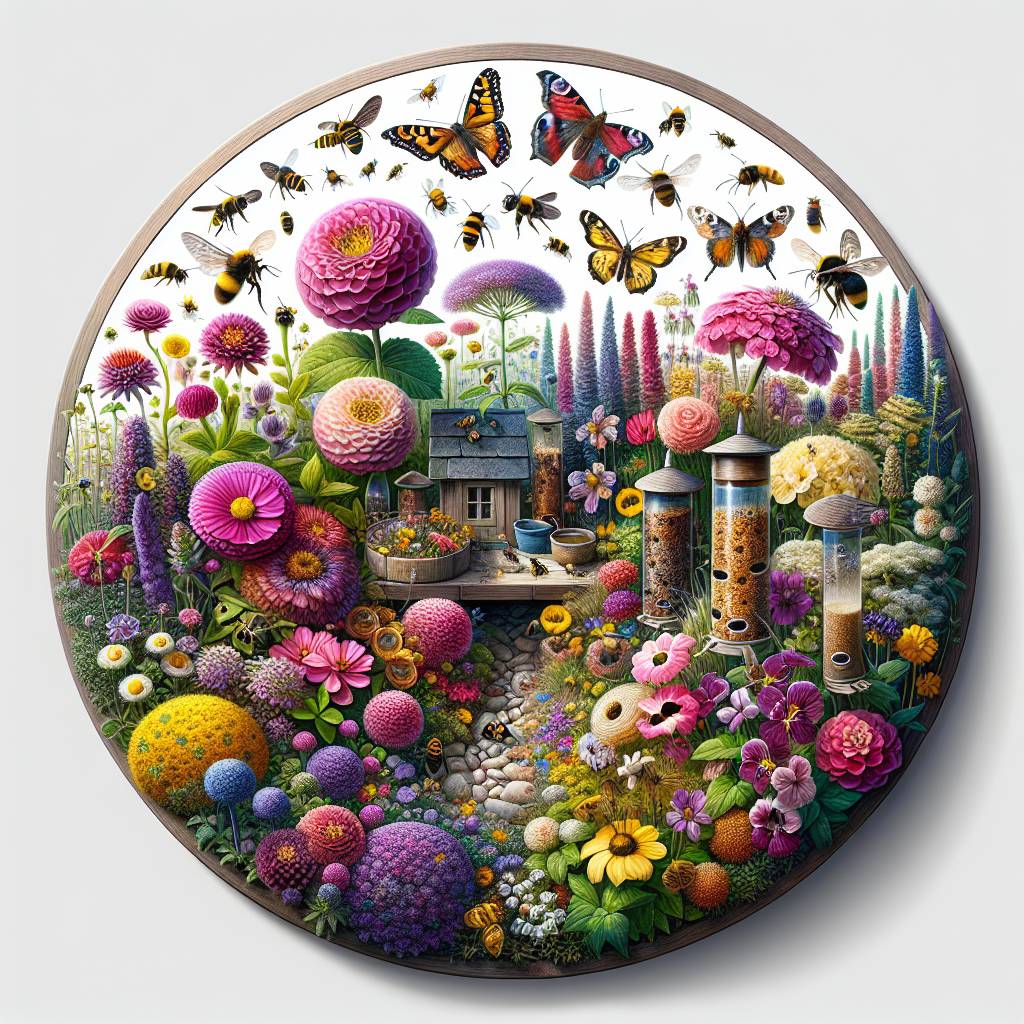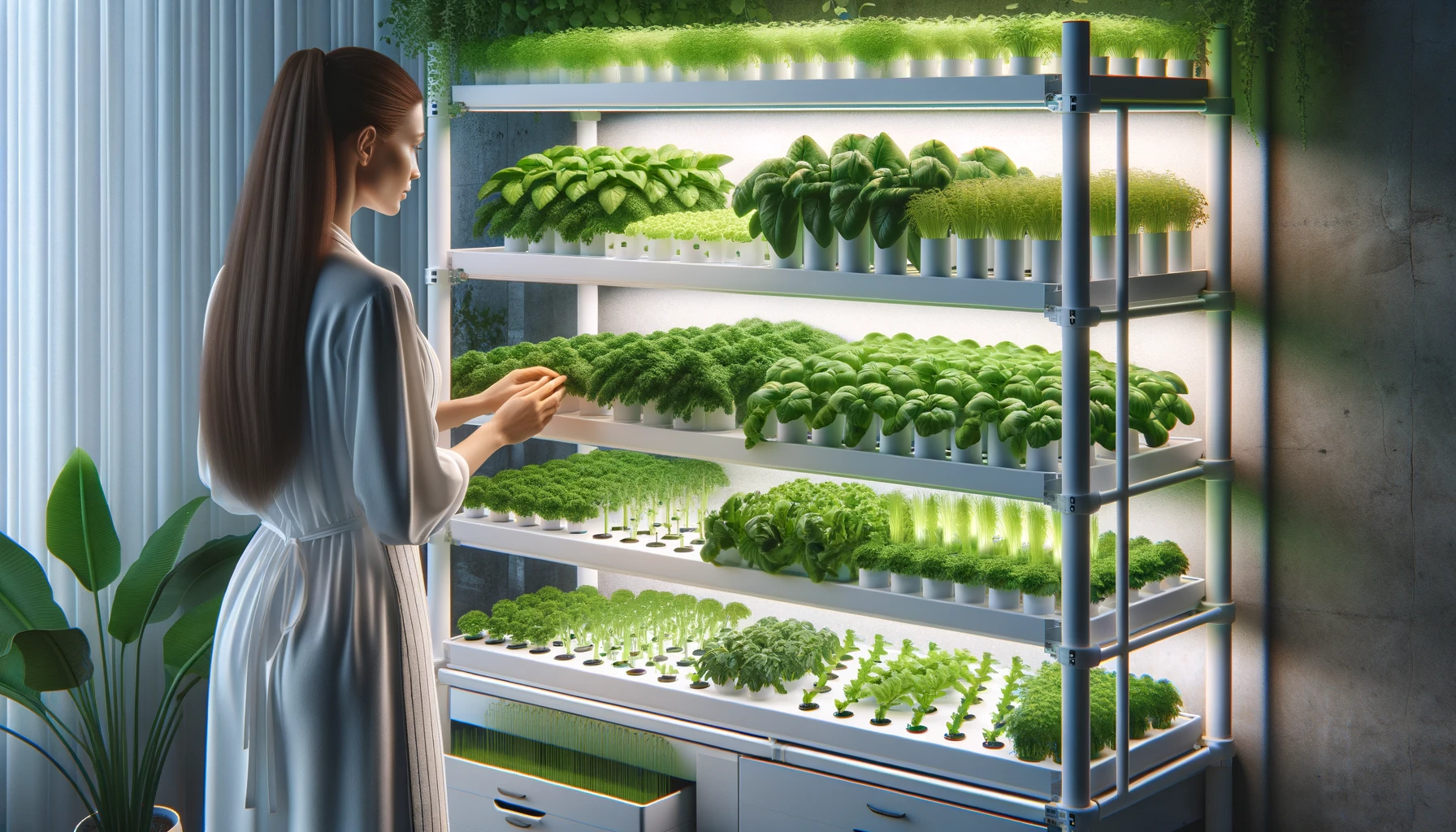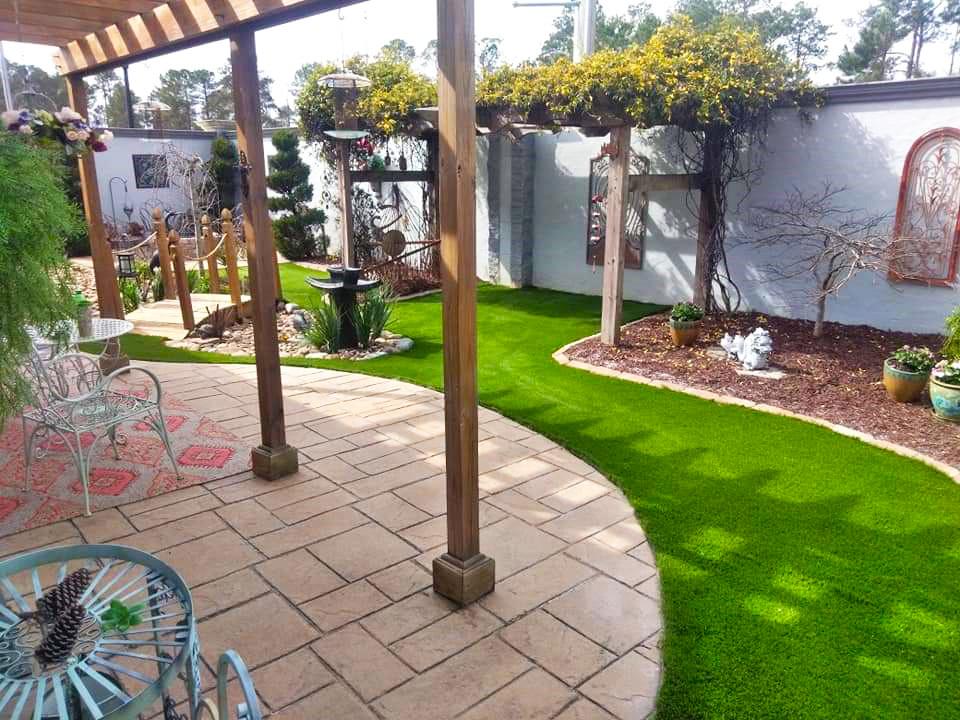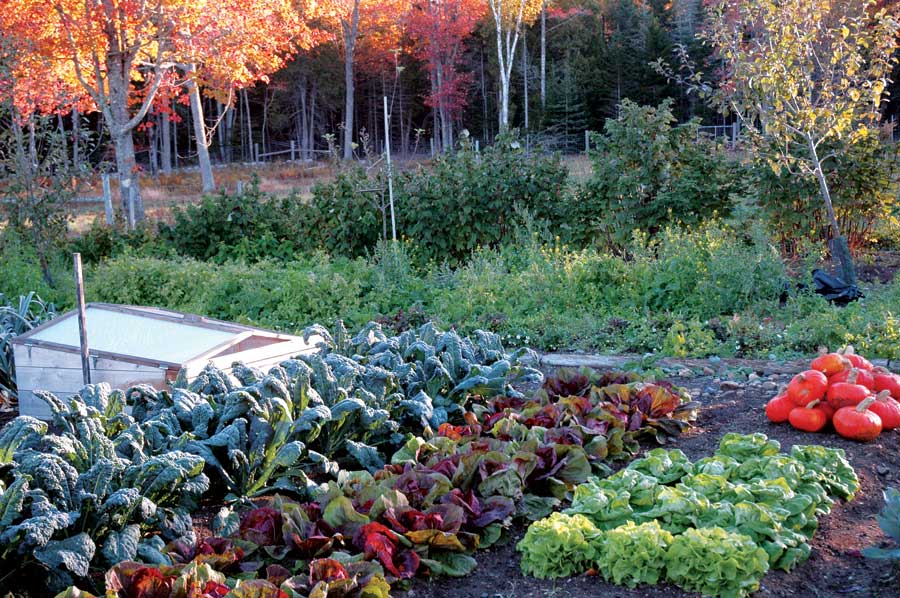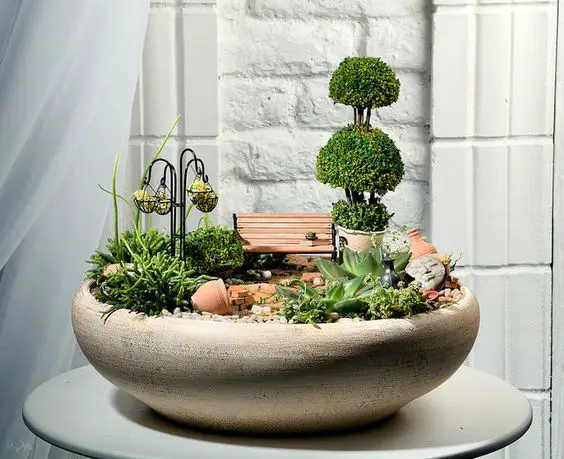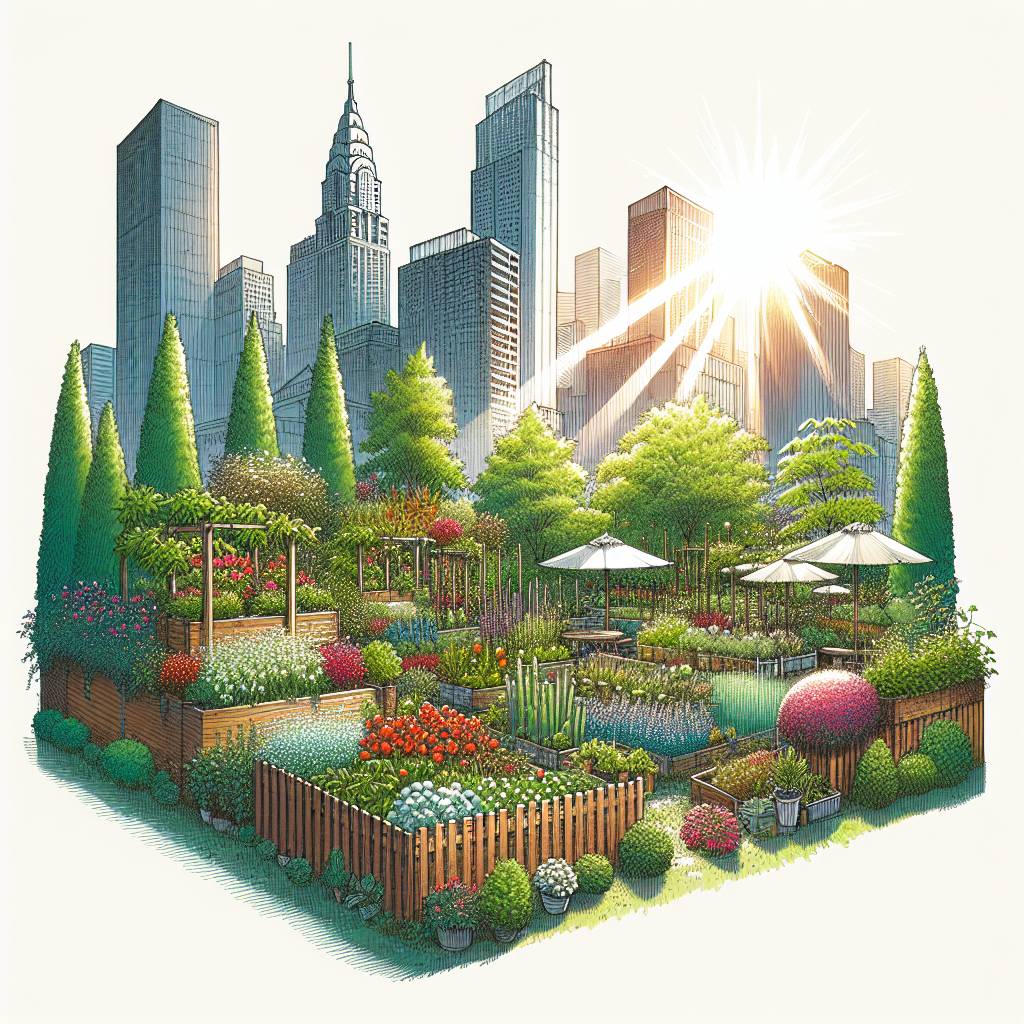Creating a pollinator garden is like composing a symphony of nature – each element must harmonize to achieve the perfect balance. It’s not just about planting pretty flowers like butterfly milkweed in a meadow or yard; it’s about crafting an ecosystem that supports biodiversity while delighting the eyes. To strike this delicate equilibrium, one must consider various factors such as plant selection, layout design, and maintenance practices. By blending beauty with practicality, these gardens become havens for pollinators and humans alike.
We’ll explore how historical gardening practices, yards, lawns, and climate have evolved to embrace both visual appeal and ecological significance. From heirloom varieties to modern landscaping techniques, we’ll uncover the secrets behind creating vibrant spaces that nourish wildlife while enchanting onlookers.
Key Takeaways
- Balancing aesthetics and function in pollinator gardens is crucial for creating spaces that are visually appealing and supportive of pollinator habitats.
- Gardeners should prioritize both visual appeal and practicality when designing pollinator gardens to ensure they attract and sustain diverse pollinator species.
- By incorporating design principles that prioritize both aesthetics and functionality, gardeners can create visually appealing spaces that also serve as vital habitats for pollinators.
- Strategies such as selecting native plants, creating diverse plant communities, and implementing sustainable gardening practices can help achieve a harmonious balance between aesthetics and functionality in pollinator gardens.
- The use of exotic plants in pollinator gardens should be approached with caution, considering their impact on biodiversity and the potential to outcompete native species.
- Gardeners can enhance the well-being of pollinators by integrating elements that offer both beauty and utility, such as providing nesting sites, water sources, and shelter within the garden.
- Maximizing garden health and pollinator support involves maintaining a balanced ecosystem, minimizing pesticide use, and promoting a variety of flowering plants to sustain pollinators throughout the seasons.
- Practical tips for gardeners to balance aesthetics and function include conducting research on native plant species, creating diverse plant layers, and regularly monitoring the garden for signs of pollinator activity.
- Balanced pollinator gardens play a vital role in supporting ecosystems by providing essential habitats for pollinators, contributing to biodiversity, and promoting the health of surrounding plant and animal species.
Understanding the Significance of Aesthetics in Pollinator Gardens
Importance of Aesthetics
Aesthetics are crucial in attracting pollinators to gardens. The visual appeal of a garden, yard, and lawns can inspire more people to create their own, thus increasing the overall number of pollinator-friendly spaces. Well-designed gardens also serve as educational tools for raising awareness about the importance of pollinators.
Creating a visually appealing pollinator garden involves carefully selecting a variety of flowers with different shapes, sizes, and colors. For example, bright-colored flowers like zinnias and coneflowers attract bees and butterflies due to their vibrant hues. On the other hand, plants such as milkweed provide both aesthetic beauty and essential sustenance for monarch butterflies in the yard.
Designing for Pollinators
When designing a pollinator garden, it’s important to consider both aesthetics and functionality. Incorporating native plants, such as milkweed, not only adds natural beauty but also supports local ecosystems by providing food sources for indigenous insects and birds. For instance, planting native wildflowers like black-eyed Susans or bee balm not only enhances the visual appeal but also ensures that these plants can thrive in their specific environment.
In addition to flowers, incorporating features such as water sources like birdbaths or small ponds can enhance the aesthetic value while providing essential hydration for visiting pollinators. Furthermore, including elements like rocks, logs, and milkweed provides resting spots for insects while adding an organic touch to the garden’s design.
The Essential Role of Functionality in Pollinator Habitats
Meeting Species’ Needs
Balancing aesthetics and function in pollinator gardens is crucial for meeting the diverse needs of different species. Functionality ensures that pollinator habitats provide everything necessary for their survival, including suitable nesting sites, water sources, food options, and milkweed. By focusing on functionality, gardeners can create an environment that supports a wide range of pollinators.
Creating a functional pollinator garden involves providing milkweed and various elements to cater to the specific requirements of different species. For example, some bees nest in the ground while others prefer cavities in wood or stems. By incorporating a variety of nesting options such as bare soil patches, bee hotels, and hollow plant stems, gardeners can accommodate the nesting habits of multiple bee species.
Supporting Life Cycles
In addition to offering suitable nesting sites and water sources, functional gardens play a vital role in supporting the entire life cycle of pollinators. This means ensuring there are plants that serve as host plants for caterpillars and larval stages. For instance, monarch butterflies rely on milkweed plants as their sole source of food during their larval stage. Therefore, including milkweed in a pollinator garden is essential for supporting monarch butterfly populations.
Principles of Designing for Visual Appeal and Practicality
Design with Color, Texture, and Form
When designing a pollinator garden, it’s crucial to consider the visual aspect. Using a variety of color, texture, and form in the plant selection can create an aesthetically pleasing environment. For instance, vibrant flowers like purple coneflower or black-eyed Susan can add pops of color while also attracting pollinators. The diverse textures of plants such as lamb’s ear or yarrow can contribute to visual interest.
Incorporating different forms such as tall spiky flowers or low-growing ground covers adds dimension to the garden design. By thoughtfully selecting plants based on their color, texture, and form, you can achieve both beauty and functionality in your pollinator garden.
Utilize Native Plants for Natural Beauty
Integrating native plants into a pollinator garden not only enhances its natural beauty but also ensures practicality by providing food sources for local wildlife. For example, using native wildflowers like milkweed supports the life cycle of monarch butterflies while adding to the aesthetic appeal with their unique blooms.
Native grasses like little bluestem not only bring visual interest through their wispy seed heads but also offer shelter for small animals. By incorporating native plants that are well-adapted to the local climate and soil conditions, you’re creating a visually appealing space that serves an essential purpose in supporting local ecosystems.
Balance Open Spaces with Sheltered Areas
Achieving an optimal balance between open spaces and sheltered areas is key when designing a functional yet visually appealing pollinator garden. Open spaces allow easy access for pollinators while providing ample room for them to move freely throughout the garden.
On the other hand, sheltered areas created by dense shrubs or clusters of perennials offer protection from strong winds and predators. These areas serve as safe havens where delicate insects can seek refuge during adverse weather conditions. Striking this balance between openness and shelter creates depth within the garden design while ensuring that it remains attractive without compromising its functionality.
Strategies for Achieving a Harmonious Balance
Choosing Plants
Selecting plants that provide both nectar and pollen is crucial. This ensures a well-rounded food source for the diverse range of pollinators visiting the garden. For example, flowering plants like lavender, coneflowers, and bee balm are not only visually appealing but also rich sources of nectar and pollen.
Integrating Hardscape Elements In addition to plant selection, integrating hardscape elements such as paths and seating areas can significantly enhance the overall design without compromising functionality. These elements add structure to the garden while providing space for visitors to appreciate its beauty. For instance, a winding stone path surrounded by pollinator-friendly flowers can create an aesthetically pleasing yet functional feature within the garden.
Maintenance Practices
Proper maintenance practices play a pivotal role in upholding a harmonious balance between aesthetics and function in pollinator gardens. Regular pruning, weeding, and watering ensure that the garden remains visually appealing while continuing to serve its purpose as a habitat for pollinators. By keeping invasive plants at bay through diligent maintenance work, you can maintain an environment where native flora thrives alongside beneficial insects.
Enhancing Biodiversity with Exotic Plants in Pollinator Gardens
Increasing Biodiversity
When designing pollinator gardens, it’s crucial to consider the impact of non-invasive exotic plants on biodiversity. Thoughtful selection of these plants can actually enhance the overall diversity within the garden. For example, introducing a variety of exotic plants such as butterfly milkweed or lavender alongside native species can attract different types of pollinators, contributing to a more diverse ecosystem.
Exotic plants also play a vital role in providing additional food sources for pollinators during periods when native flora may not be blooming. This is particularly important for sustaining wildlife like native bumblebees and other insects that rely on nectar and pollen for survival. By strategically incorporating exotic plants into the garden, you create an environment that supports pollinators throughout various stages of their life cycles, thereby promoting greater biodiversity.
Preventing Outcompetition
However, while non-invasive exotic plants offer numerous benefits in terms of aesthetics and function, it’s essential to exercise careful monitoring to prevent them from outcompeting native species. Without proper management, certain exotic species like ailanthus can aggressively spread and dominate an area at the expense of indigenous flora. This could disrupt the delicate balance within the ecosystem and hinder the growth of native plant populations.
To avoid this scenario, regular observation and maintenance are necessary to ensure that no single plant species overwhelms others in the garden. Understanding each plant’s specific needs regarding sunlight exposure, soil type, and water requirements is crucial for maintaining equilibrium among all vegetation present.
Incorporating Beauty and Utility for Pollinator Well-being
Flowering Herbs: Aesthetic Value and Medicinal Benefits
Incorporating flowering herbs is essential. These plants not only add beauty but also offer medicinal benefits for pollinators. For instance, bees are attracted to the vibrant colors of flowers such as lavender and rosemary. These herbs provide a source of nectar while also possessing natural medicinal properties that benefit the health of pollinators.
Moreover, including flowering herbs like thyme and sage not only enhances the visual appeal of the garden but also ensures a steady supply of food for visiting insects. The combination of aesthetic value and practical benefits makes these herbs an indispensable addition to any pollinator garden.
Water Features: Beauty and Vital Resources
Incorporating water features into a pollinator garden offers more than just aesthetic allure. It provides vital resources for the well-being of pollinators. For example, small insects such as sweat bees require access to water sources for hydration.
By integrating birdbaths or shallow dishes with fresh water, you create a welcoming environment that caters to the needs of various pollinators within your garden space. This thoughtful inclusion not only adds visual interest but also ensures that essential resources are readily available for the health and vitality of these beneficial insects.
Diverse Microhabitats: Enhancing Overall Well-being
Creating diverse microhabitats within a pollinator garden plays a crucial role in enhancing overall well-being by providing varied platforms for nesting, shelter, and food sources. By strategically planting different types of vegetation at varying heights, you can cater to the specific needs of various pollinators.
For instance, low-growing ground covers like creeping thyme offer nesting opportunities for small insects while taller plants like sunflowers provide ample space for larger bees to gather nectar. This deliberate mix creates an environment where each type of insect user can find what they need – whether it’s food or shelter – resulting in improved health outcomes across different species.
Maximizing Garden Health and Pollinator Support
Implementing Organic Gardening Practices
Creating a pollinator garden that balances aesthetics and function starts with implementing organic gardening practices. By using natural fertilizers, like compost or manure, you can provide essential nutrients to the plants without harming pollinators. Avoiding chemical pesticides is crucial in promoting a healthy environment for pollinators. Instead of using harmful chemicals, opt for natural pest control methods, such as introducing beneficial insects like ladybugs or lacewings to manage pest populations.
Embracing an aware yard care program involves being mindful of the products used in your garden. For instance, choosing organic soil amendments and fertilizers not only benefits the health of your plants but also supports pollinator well-being. When selecting plants for your garden, prioritize native species that are naturally resistant to local pests and diseases, reducing the need for chemical interventions.
Regular Monitoring and Disease Management
To ensure a thriving ecosystem in your pollinator garden, it’s essential to regularly monitor plant health and promptly address any issues that arise. Keeping an eye out for signs of disease or distress allows you to take proactive measures before problems escalate.
When maintaining a pollinator-friendly garden, staying vigilant against potential threats is key. For example, if you notice symptoms of common plant diseases such as powdery mildew or leaf spot, taking immediate action can prevent these issues from spreading throughout your garden.
Incorporating preventative measures into your gardening routine helps maintain overall plant health while minimizing disruptions to the surrounding ecosystem. This approach not only fosters an aesthetically pleasing landscape but also provides crucial support for local pollinators by ensuring they have access to nutritious nectar and pollen sources year-round.
Practical Tips for Gardeners to Balance Aesthetics and Function
Prioritize Native Plants
When creating a pollinator garden, it’s crucial to prioritize native plants that not only add beauty but also provide essential sustenance for local pollinators. For instance, incorporating flowers like coneflowers, black-eyed Susans, or milkweed can attract butterflies and bees while enhancing the visual appeal of the garden. By choosing native plants, you support the local ecosystem and ensure that your garden remains both functional and visually pleasing.
Consider plants with a variety of bloom times to provide nectar sources throughout the growing season. This ensures continuous food supply for pollinators and guarantees an ever-changing display of colors in your yard.
Incorporate Vertical Elements
Incorporating vertical elements such as trellises or arbors is a clever way to maximize space without compromising aesthetics. These structures not only add dimension and visual interest to your garden but also create opportunities to grow climbing flowering vines like clematis or morning glories. The addition of these vertical elements allows you to maintain a well-balanced garden while accommodating more plant species within limited space.
Moreover, these structures can serve as shelter for pollinators seeking refuge from adverse weather conditions. They offer resting spots for birds visiting your yard while contributing to the overall charm of your outdoor space.
Group Plants by Watering Needs
Grouping plants with similar watering needs is another practical strategy that simplifies maintenance without sacrificing visual appeal. By clustering together plants with comparable water requirements, you streamline irrigation efforts while ensuring that each species receives adequate moisture levels.
For example:
- Group drought-tolerant perennials like lavender, yarrow, or sedum in areas with ample sunlight.
- Plant moisture-loving species such as astilbe or ferns in shaded sections where water tends to accumulate naturally. This approach not only promotes efficient water usage but also helps maintain an aesthetically pleasing arrangement within your lawn.
The Impact of Balanced Pollinator Gardens on Ecosystems
Improved Ecosystem Health
Balanced pollinator gardens play a crucial role in maintaining the overall health and resilience of ecosystems. By incorporating a diverse array of native plants, these gardens provide essential resources for various pollinators, including bees, butterflies, and birds. As these pollinators thrive within the garden environment, they contribute to the biodiversity of the ecosystem. This increased biodiversity helps in stabilizing ecosystems by providing natural pest control and supporting other wildlife populations.
The presence of balanced pollinator gardens also fosters an environment conducive to soil health and fertility. The roots of native plants enhance soil structure, prevent erosion, and promote water infiltration. As these plants go through their life cycles, they deposit organic matter into the soil which enriches its composition. Consequently, this contributes to improved nutrient cycling within the ecosystem.
Enhanced Crop Yields and Food Security
The establishment of balanced pollinator gardens leads to an increase in local pollinator populations that subsequently benefit nearby agricultural areas. These thriving populations are capable of more efficiently transferring pollen from one plant to another during their foraging activities. As a result, this enhanced pollination process directly translates into improved crop yields for farmers cultivating both fruit-bearing trees and flowering crops.
Furthermore, by bolstering local pollinator populations through well-designed gardens that offer abundant nectar sources throughout the growing season, individuals can help address concerns related to food security at regional levels.
Connectivity Through Stepping Stones
Well-designed balanced pollinator gardens, strategically planted across urban or suburban landscapes can act as vital stepping stones for various pollinators navigating fragmented habitats due to human development or land use changes. These green corridors allow insects such as bees and butterflies to move between isolated patches of suitable habitat without expending excessive energy or facing potential dangers associated with crossing vast expanses devoid of resources necessary for survival.
Final Remarks
You’ve now grasped the delicate art of balancing aesthetics and functionality in pollinator gardens. By understanding the significance of visual appeal and practicality, you can create spaces that not only please the eye but also provide essential support for pollinators. Remember, it’s all about finding that sweet spot where beauty meets purpose, where every plant and design choice serves both the garden’s allure and its inhabitants’ needs. As you embark on your own gardening journey, keep in mind the impact a balanced pollinator garden can have on ecosystems, and strive to be a steward of nature in your own backyard.
Now, armed with practical tips and a deeper understanding of this harmonious balance, it’s time to get your hands dirty and put your newfound knowledge into action. Whether you’re starting from scratch or looking to enhance an existing garden, embrace the challenge of creating a space that not only looks stunning but also thrives with life. Your efforts in creating a balanced pollinator garden will not only benefit your immediate surroundings but also contribute to the greater tapestry of biodiversity. Happy gardening!
Frequently Asked Questions
How important is the balance between aesthetics and function in pollinator gardens?
Balancing aesthetics and function in pollinator gardens is crucial. It ensures that the garden not only looks beautiful but also provides a conducive environment for pollinators to thrive.
What are some practical tips for achieving a harmonious balance in pollinator gardens?
Incorporate a variety of native plants, create diverse habitats, provide water sources, and minimize pesticide use. This approach enhances both visual appeal and functionality while supporting the needs of different pollinators.
Why is it essential to consider the impact of balanced pollinator gardens on ecosystems?
Balanced pollinator gardens play a vital role in maintaining biodiversity and ecosystem health. They contribute to the overall well-being of various species, including plants, insects, birds, and other wildlife within their habitats.
How can exotic plants be incorporated into pollinator gardens without compromising their functionality?
Careful selection of non-invasive exotic plants can introduce diversity without overshadowing native species. By integrating them thoughtfully into the garden design, they can enhance aesthetics while still providing valuable resources for pollinators.
What principles should be considered when designing for both visual appeal and practicality in pollinator gardens?
Design principles such as color coordination, plant height variation, bloom succession planning, and spatial arrangement all contribute to creating an aesthetically pleasing yet functional environment for both humans and pollinators.
